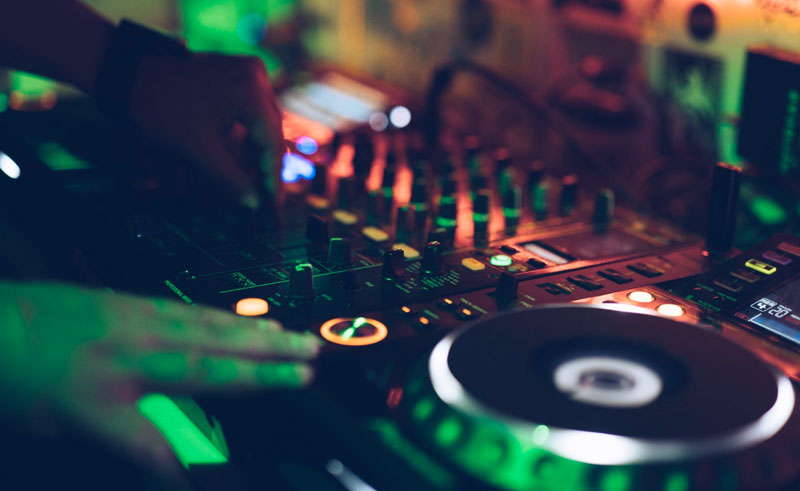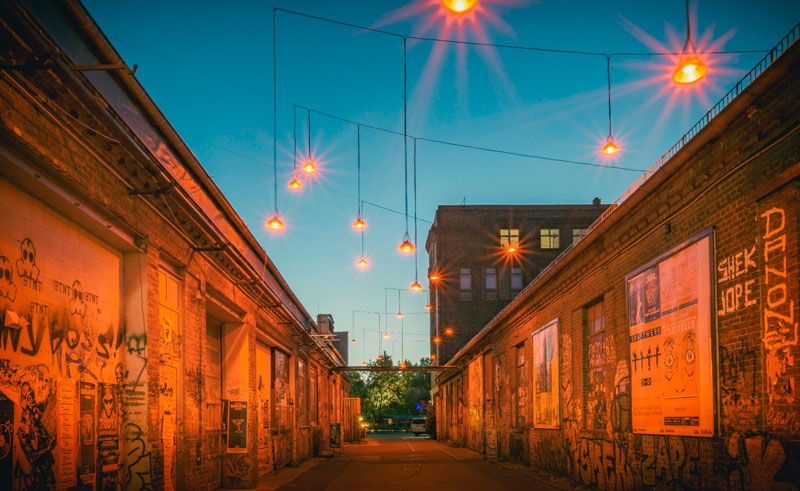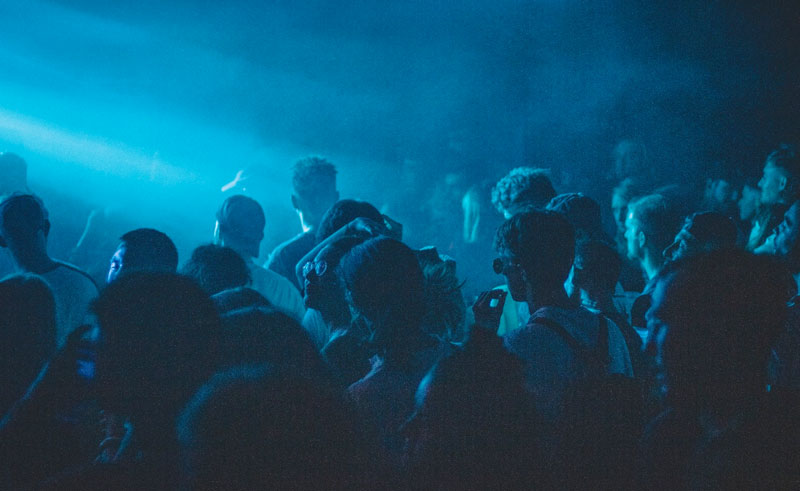Table of Contents
Berlin DJ’s Culture is one of the most important and vibrant in the world.
In the 1980s, a new form of electronic music based on repetition began to emerge in various cities around the world. This ecstasy-driven music gave rise to a new style of dance and celebration. Individual and rhythmic dance became associated with rhythm, and a free and inclusive form of celebration that united people of different races, sexual orientations and backgrounds. Berlin, in its post-wall version, became a center of electronic music and rave life over the years.
Berlin has been home to some of the biggest names in electronic music and its nightlife scene is known worldwide. Berlin’s DJ scene is constantly evolving, this article will explore the history, iconic venues and current trends of DJ culture in Berlin.
The history of DJ culture in Berlin
The DJ scene in Berlin has its roots in the 1980s, when the first electronic music clubs started to appear in the city. At that time, DJ’s played mainly dance music, but over time more varied styles were included. In the 1990s, the city became a mecca for techno music and the rave scene.

After the Fall of the Wall: A History of Freedom and Experimentation
The fall of the Berlin Wall in 1989 marked a radical change in the history of the city and Germany in general. While West Berlin was already a place of alternative culture, with acid house clubs such as UFO, the fall of the wall allowed the rave scene to expand throughout the city. The power vacuum created by the demise of the GDR allowed young people to squat abandoned spaces and create their own rave parties.

The music scene in Berlin in that period of time was characterised by a fusion of styles and trends. While in West Berlin, the music scene was more influenced by rock, there were also acid house clubs like UFO, where DJs like Westban and Dr. Motte played. On the other hand, in East Berlin, young people were looking for a louder and more experimental sound, without vocals and piano. In the spirit of squatting, they began to access abandoned spaces, set up sound equipment and organise everlasting rave parties.
This first period was characterised by a nomadic and experimental attitude. There were no real estate plans or financial goals, they just wanted to dance and enjoy the freedom they had earned. The feeling of dancing in a place where just a few months ago you could have been shot is indescribable. The rave scene in Berlin after the fall of the wall was a mixture of alternative culture, squatter spirit and a new sense of freedom.
Berlin’s iconic clubs
Berlin has had some of the most iconic clubs in the world, such as Der Bunker, E-Werk and Tresor.
From their early days, the architecture and innovative use of space were central to the personality of Berlin’s clubs, even shaping their musical identity. An icon of the era was Der Bunker, a club that occupied a building constructed by the Nazis in 1943 as an air-raid shelter for suburban train passengers. With a capacity to hold 3,000 people and walls two meters wide, today it houses the Boros family art collection, open to the public by appointment. Another iconic club of the era was the E-Werk, which was located in an abandoned power plant near Checkpoint Charlie, and featured performances by DJs such as Westban, Paul van Dyck and Woody.
![]()
In the iconic triad of Berlin clubs is Tresor, created by the same founders of UFO. This club, which still exists to this day, played a pivotal role in the development of the Berlin sound and the spirit of the city. Its original location, until 2005, was the subway vault of a department store on Leipziger Platz, which had been abandoned since World War II. In its early days, a mix of international sounds could be heard in the club, such as Dutch gabba, Belgian hardcore, U.K. acid house and Detroit techno (UR and the Plus8 label). However, it would eventually be the latter style that would become the hallmark of the club, generating the famous Berlin-Detroit connection.
Current trends in Berlin DJ culture
The DJ scene in Berlin is constantly evolving, and new genres and styles are currently being experimented with. DJ’s are increasingly incorporating elements of hip hop, R&B and funk into their sets, and experimenting with Afro and Latin dance music as well. In addition, many DJ’s are taking a more experimental and conceptual approach to their work, creating unique sound experiences for attendees.
In conclusion, the DJ culture in Berlin is one of the most important and vibrant in the world. The city has been home to some of the biggest names in electronic music, and its nightlife scene is world famous. With its history, iconic venues and ever-evolving current trends, Berlin has become a must-see destination for electronic music lovers from all over the world.
Beatheim DJ School
As a DJ school in Berlin, BEATHEIM is proud to offer cutting-edge education for those interested in electronic music. We offer beginner and advanced courses, and our instructors are professional DJ’s with years of experience in the industry. Our teaching methodology is based on practice and experimentation, and we offer a wide variety of equipment and tools for our students to practice and hone their skills.

In addition to regular courses, BEATHEIM also offers a variety of DJ events and workshops focused on fostering team-building among employees of companies and start-ups These events give our students the opportunity to learn from the best in the business and establish valuable contacts in the Berlin DJ scene. We are constantly updating and improving our educational offerings to adapt to the trends and changes in the electronic music industry. If you are interested in becoming a DJ or simply want to improve your skills, BEATHEIM is the perfect place for you.
